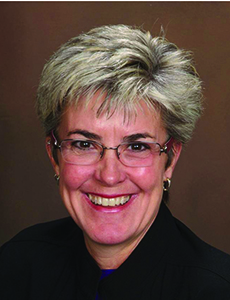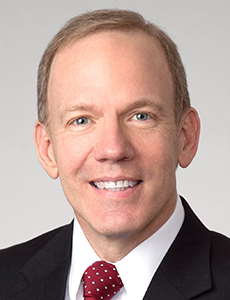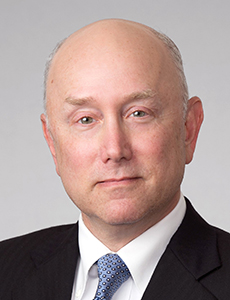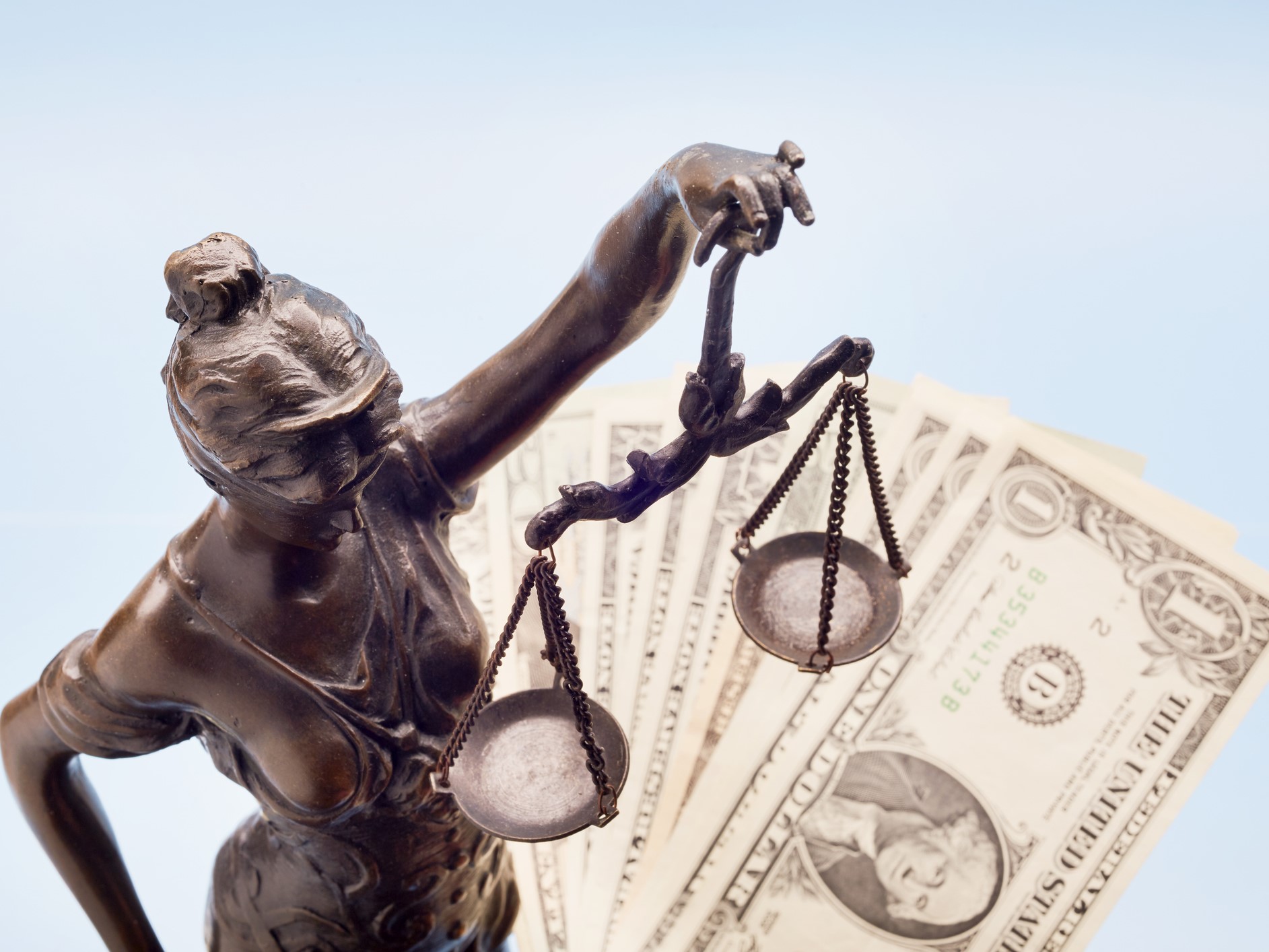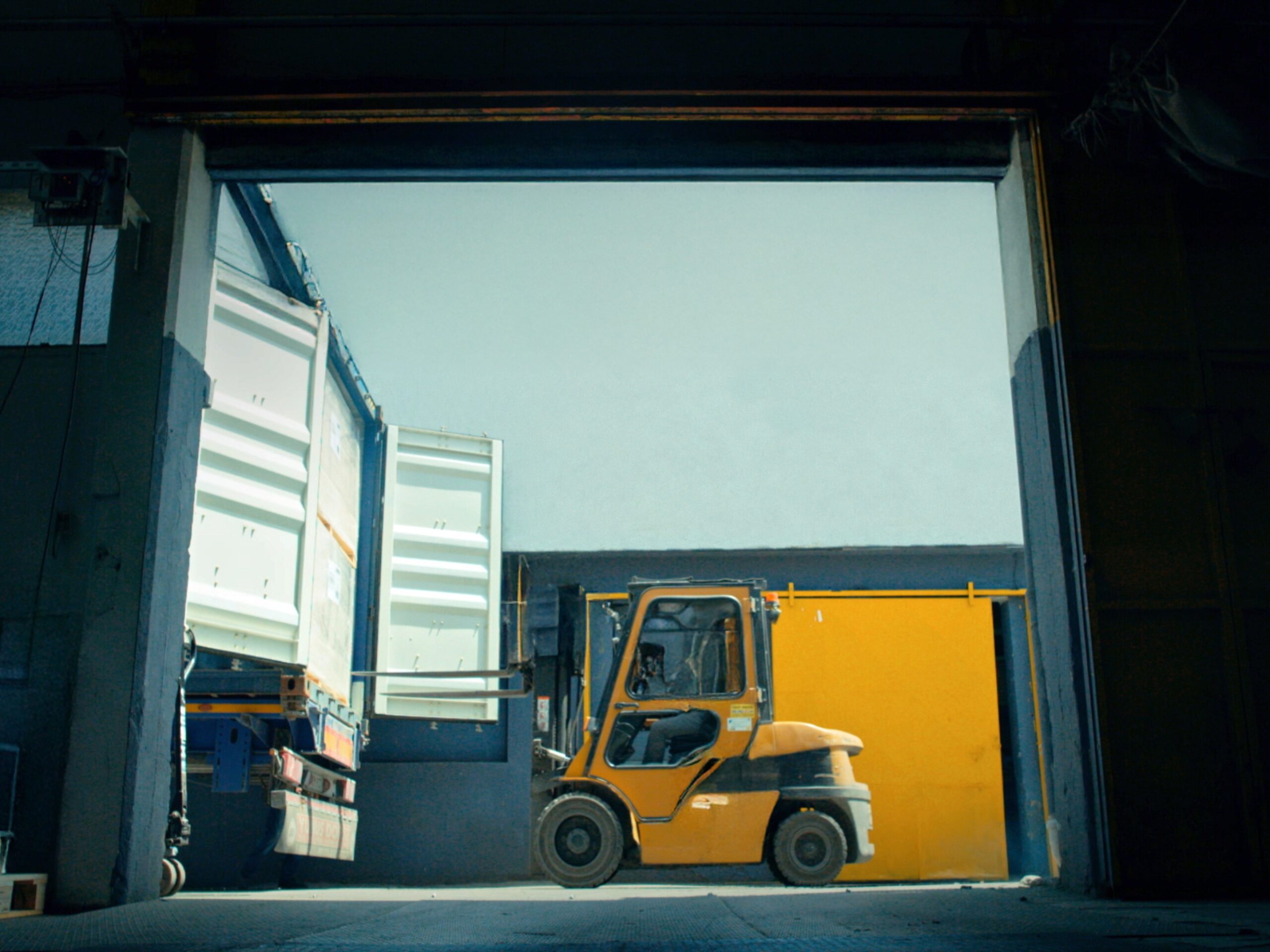Catastrophe Claims
Saturated: Claims Flood in After Harvey Exits

Tropical Storm Harvey hit the southeastern shore of Texas late Friday night as a Category 4 hurricane, then was soon downgraded to a tropical storm.
Yet its classification held no weight on the cities below — rivers lined what once were streets; citizens evacuated in boatloads; 50 inches of rain poured down from the skies as Harvey slowly dredged its way onto land and continued into Louisiana and Mississippi.
The storm passed, but the total destruction Harvey caused remains to be seen. While Texas grapples with the biggest hurricane-turned-tropical-storm to breach its shores, insurance agencies are inundated with the influx of residential and commercial claims.
“I can’t put a number to it,” Bentley Laytin, senior vice president of operational strategy and innovation at Engle Martin & Associates, said of the scale of claims. “We’re seeing auto claims for flooding, wind damage, spoilage claims. Houston is the biggest hit, and there’s limited access to the city.”
Crawford Catastrophe Services deployed its induction team to Austin and has a team of 5,000 adjustors on hand to help with claims from Harvey. To date, the claims adjustor received almost 10,000 calls. Crawford expects that number to rise significantly as the storm passes and people return to their homes and businesses.
Ken Tolson, CEO of U.S. Property & Casualty at Crawford & Company, said, “Our number one priority is to respond quickly and in a highly co-ordinated fashion once we can get access to the worst affected locations. Initial indications are that the majority of claims will be caused by the rising flood waters with wind damage having a lesser impact.”
Areas in Texas, including Corpus Christi, Galveston, Beaumont, Austin and the surrounding cities, saw the wind, storm surge and flood damage up close. Harvey shut down over 16.5 percent of U.S. refining capacity, according to Goldman Sachs, and at least 20 refineries have closed down or reduced operations to date, according to the Department of Energy.
“I live in Dallas,” said Sheri Wilson, national property claims director for Lockton. “We’re about 300 miles away, and we can’t buy gas. Harvey is going to affect the supply chain.”
The storm also created a temporary slowdown in retail sales, construction spending and industrial production. According to the Lloyd’s of London insurance markets, the construction and shipping industries will also likely bear the brunt of the commercial damage.
Damage Done
More than 50 percent of properties, both residential and commercial, not in designated flood zones are at high to moderate risk of flooding, according to CoreLogic.
Karen Clark & Company estimates the total industry-insured loss will be about $15 billion. RMS, in a preliminary analysis, estimated economic losses as high as $70 to 90 billion in wind, storm surge and inland flood damage dished out by Harvey.
Crawford’s global chief operating officer, Rohit Verma, expects to see the highest winds claims volume from Nueces County, while the highest flood claims volume is expected to come from Harris and Galveston counties.
“I live in Dallas. We’re about 300 miles away, and we can’t buy gas. Harvey is going to affect the supply chain.” — Sheri Wilson, national property claims director, Lockton
“Wind damage is expected to be minimal, with most of the rebuilding work due to flooding,” he said. “Large parts of Houston are still inaccessible, but we are looking for ways to access these areas as quickly as possible.”
Insurer Novae added that it was too soon to comment on the scale of the losses.
“We have to assess any insurance coverages that might apply,” said Lockton’s Wilson. She predicts numerous business disruption claims in addition to property damage. Power outages, interruptions from mandatory shut downs, flooding and the state mandated curfew have all cut in to business’ daily functions.
Business interruption, agreed Laytin, is going to come into play.
“We don’t know how bad it will be or how long it will take,” he said, “but we do anticipate it.”
Once the storm moves out, Crawford said it will be ready to receive requests for forensic accounting services to support business interruption analyses.
“Sadly, this emphasises the vulnerability of our key industries and the hundreds of thousands of U.S. citizens who work in them to the effects of catastrophic weather,” added Tolson.
Assessing Without Access
“Houston is flat; Louisiana is a bowl. Because of the area affected, it doesn’t drain. That’s keeping the proper resources from getting in,” said Wilson.
Over the course of six days, Harvey dumped an estimated 27 trillion gallons of water onto Texas and Louisiana. The flooding is so vast and the affected population so scattered that it’s difficult to say what damages commercial properties might face once the water drains.
“This is particularly true in relation to Houston, where rainfall has left thousands of homes and businesses unoccupied. It is important to remember that we are witnessing catastrophic flooding at the very heart of the country’s energy industry,” said Tolson.
Laytin echoed, “The adjusters living near or even living in the areas affected by this event, who have lost their homes, are dealing with regular life.
“The ability to get around and get a job done is a challenge right now.”
Social media played a huge role in the search and rescue efforts during the storm. Now that the sun is starting to shine, technology will continue to play a role in servicing this area and its people.
“We’re in more of a technological environment,” said Laytin. “Drones are important. They’ll be a great safety feature. Instead of sending an adjuster onto a roof, they can do the assessment from the ground.”
Video feed and mobile estimating will keep business owners informed and updated on what their adjusters are finding. These tools will also help in documenting property damage in the aftermath of Harvey.
Crawford has 2,000 drone operators standing by to carry out roof and property inspections once the Federal Aviation Administration lifts flight restrictions.
While planning to have some drones involved, Lockton’s method is to be side-by-side with their customers while assessing the damage.
“We are the technology,” said Wilson.
Reporting Claims and Following Procedure
Regardless, Texas business owners need to be ever-vigilant as they begin to process their claims.
“The volume of claims coming in will be unprecedented,” said Stephen L. Moll, co-head of Reed Smith’s Insurance Recovery Group in the Houston Office. “Policyholders need to document their claims each and every step of the way.”
Moll also noted that, in addition to property claims, business interruption claims will be a large component of the losses suffered.
“It will be months before businesses are up and running again.”
Among the businesses reaching out to Reed Smith, Moll and his insurance recovery partner, Jim Cooper, said that the industries run the gamut, from energy to entertainment. Construction firms, hotels, restaurants, oil refineries, banks — the water is preventing people from their means of making a living.
One thing driving commercial claims in the wake of Harvey is Texas House Bill 1774. In May, Gov. Greg Abbott of Texas signed into law new legal parameters surrounding weather-related insurance claims.
“This new act was intended to address perceived abuses in residential hail storm claims,” said Cooper. “Unfortunately, the impact of the legislation goes beyond residential hail claims. It impacts commercial policyholders on all types of weather-related events.”
Cooper explained that the law mainly affects the prompt payment statute in Texas. Before, an 18 percent penalty rate greeted insurers slow to pay weather-related claims. Now, it’s a 10 percent rate.
One thing to note, however — this law is not expected to impact the insurance claims process; any lawsuit stemming from a claim might bear the weight of the law’s restrictions.
Cooper and Moll advised that businesses should determine if they have an insurance policy which provides coverage for business losses and property damages caused by Harvey.
“Knowing your policy is very important before making your claim,” said Cooper.
“When reviewing your policy, look for flood and wind sublimits, deductibles and deadlines for filing proof of loss,” added Moll.
Additionally, businesses and their adjusters should keep photographic record and video of the damages.
A Risky Hurricane Season
The Climate Prediction Center predicted that 2017 would be the busiest hurricane season in 7 years, with a likelihood of 11 to 17 named storms. An estimated five to nine of these storms are projected to reach hurricane status, with winds of 74 mph or higher.
So far, five tropical storms and three hurricanes, including Harvey, bubbled up in the Atlantic. Currently, forecasters are tracking Hurricane Irma, a hurricane rolling up from the Cabo Verde Islands toward the Caribbean that was classified as a CAT 5 on Sept. 5.
“Our thoughts and prayers go out to those who have sadly lost their lives, and Crawford will be doing everything it can to support people in returning to their homes as quickly as possible,” said Tolson.
Reed Smith’s Cooper and Moll, who are right in the thick of Harvey’s aftermath, have seen firsthand not only the destruction, but also the comradery and kindness the storm has brought.
“The Houston community at large has responded with so much support,” said Moll.
“Events like Harvey are devastating to the people in the area,” said Laytin. “I don’t think anyone could have prepared more than what they did. Everyone did the best they could under the circumstances.” &

